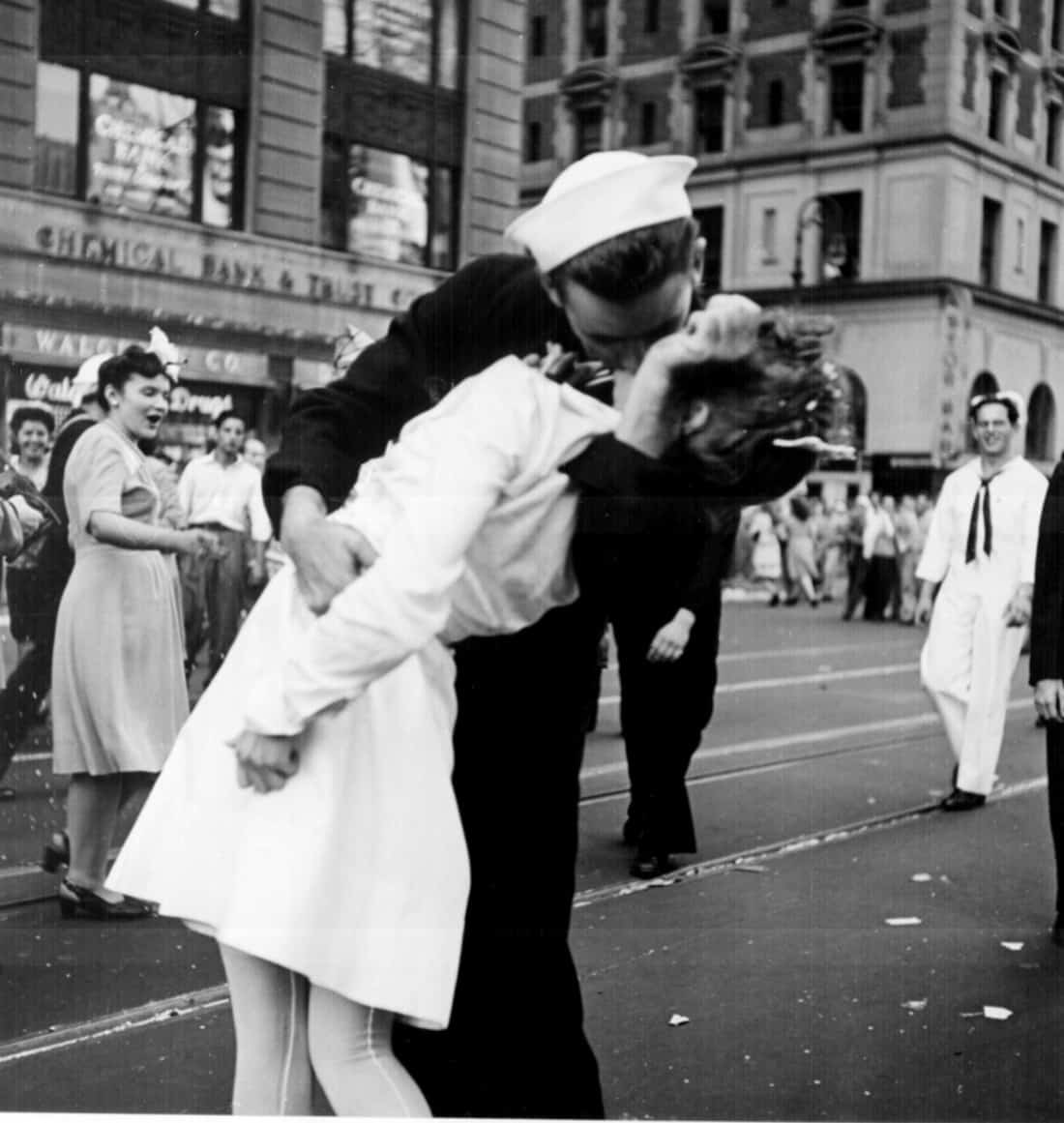The Facts About Framing Streets Uncovered
The Facts About Framing Streets Uncovered
Blog Article
The Definitive Guide for Framing Streets
Table of ContentsSome Known Facts About Framing Streets.The Basic Principles Of Framing Streets The Framing Streets IdeasThings about Framing StreetsThe smart Trick of Framing Streets That Nobody is Talking AboutWhat Does Framing Streets Do?
, typically with the goal of recording pictures at a decisive or touching minute by careful framing and timing. https://www.gaiaonline.com/profiles/framingstreets1/46535055/.
His boots and legs were well specified, but he is without body or head, since these were in motion." Charles Ngre, waterseller Charles Ngre. https://www.openstreetmap.org/user/framingstreets1 was the first photographer to acquire the technological elegance required to register people in motion on the road in Paris in 1851. Professional Photographer John Thomson, a Scotsman collaborating with journalist and social activist Adolphe Smith, published Street Life in London in twelve month-to-month installations starting in February 1877
The Framing Streets Ideas
Eugene Atget is considered a progenitor, not since he was the very first of his kind, but as an outcome of the popularisation in the late 1920s of his document of Parisian streets by Berenice Abbott, who was motivated to embark on a similar documentation of New york city City. [] As the city established, Atget helped to promote Parisian streets as a worthwhile subject for photography.

An Unbiased View of Framing Streets
In between 1946 and 1957 Le Groupe des XV each year displayed job of this kind. Andre Kertesz. Circus, Budapest, 19 May 1920 Street photography developed the major content of two exhibits at the Museum of Modern Art (Mo, MA) in New York curated by Edward Steichen, 5 French Digital Photographers: Brassai; Cartier-Bresson, Doisneau, Ronis, Izis in 1951 to 1952, and Post-war European Digital Photography in 1953, which exported the idea of road photography worldwide.

The 8-Minute Rule for Framing Streets
The recording machine was 'a hidden camera', a 35 mm Contax hidden beneath his layer, that was 'strapped to the chest and linked to a long cable visit this website strung down the ideal sleeve'. Nevertheless, his work had little contemporary effect as as a result of Evans' level of sensitivities concerning the creativity of his job and the personal privacy of his subjects, it was not released till 1966, in the book Several Are Called, with an intro created by James Agee in 1940.
Helen Levitt, after that an educator of little ones, associated with Evans in 193839. She recorded the temporal chalk illustrations - Street photography that became part of youngsters's street culture in New York at the time, in addition to the youngsters who made them. In July 1939, Mo, MA's brand-new photography area included Levitt's operate in its inaugural exhibitRobert Frank's 1958 book,, was considerable; raw and commonly indistinct, Frank's images questioned mainstream digital photography of the moment, "tested all the official rules put down by Henri Cartier-Bresson and Pedestrian Evans" and "contradicted the wholesome pictorialism and heartfelt photojournalism of American publications like LIFE and Time".
Report this page